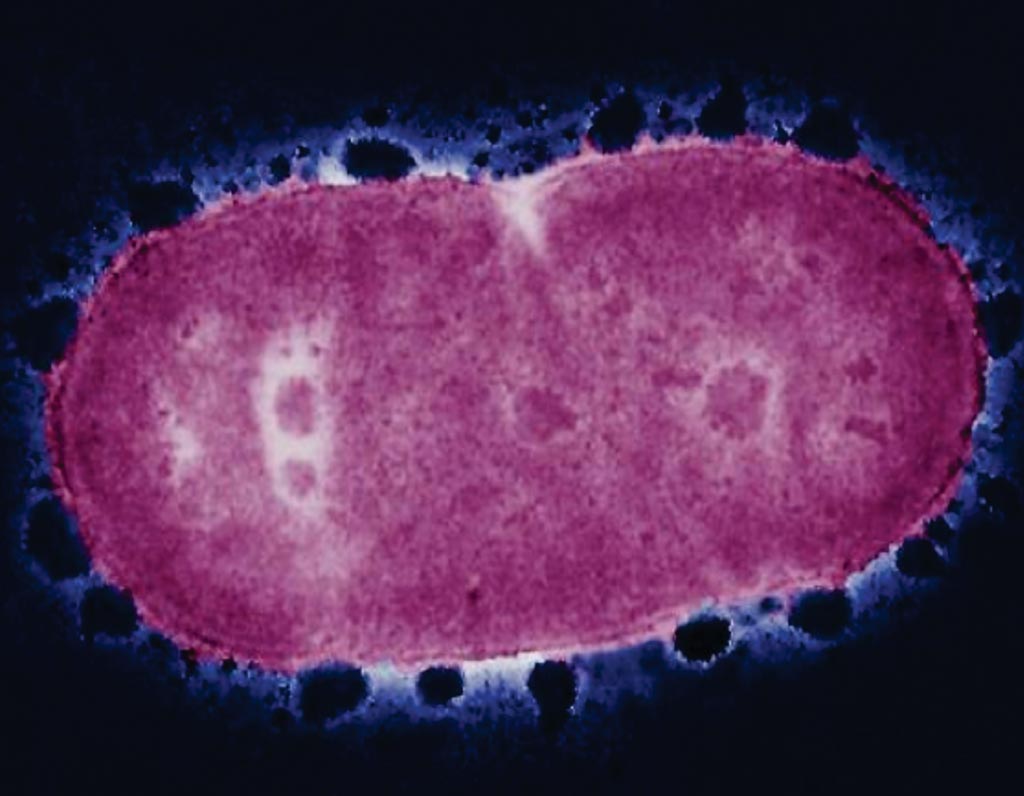Oral Microbiome Composition Reflects Risk for Esophageal Cancers
By LabMedica International staff writers
Posted on 12 Dec 2017
Esophageal cancer is the eighth most common cancer and the sixth leading cause of cancer death worldwide. Because the disease is often not discovered until it has reached an advanced stage, five-year survival rates range from about 15% to 25% worldwide.Posted on 12 Dec 2017
Bacteria may play a role in esophageal adenocarcinoma (EAC) and esophageal squamous cell carcinoma (ESCC), although evidence is limited to cross-sectional studies. An analysis of bacteria present in the mouth showed that some types of bacteria that lead to periodontal disease were associated with higher risk of esophageal cancer.

Image: A colored scanning electron micrograph (SEM) of the periodontal pathogen Porphyromonas gingivalis (Photo courtesy of the Forsyth Institute).
Medical scientists at the NYU Langone School of Medicine (New York, NY, USA) and their colleagues collected oral wash samples from 122,000 participants in two large health studies. In 10 years of follow-up, 106 participants developed esophageal cancer. In a prospective case-control study, the investigators extracted DNA and sequenced oral wash samples, allowing the investigators to compare the oral microbiomes of the esophageal cancer cases and the cancer-free cases. Oral bacteria were assessed using 16S rRNA gene sequencing in pre-diagnostic mouthwash samples from n = 81/160 EAC and n = 25/50 ESCC cases/matched controls.
The team found that found the periodontal pathogen Tannerella forsythia was associated with a higher risk of EAC. Furthermore, they found that depletion of the commensal genus Neisseria and the species Streptococcus pneumoniae was associated with lower EAC risk. Bacterial biosynthesis of carotenoids was also associated with protection against EAC. Finally, the abundance of the periodontal pathogen Porphyromonas gingivalis trended with higher risk of ESCC. Overall, the findings have potential implications for the early detection and prevention of EAC and ESCC.
Jiyoung Ahn, PhD, an associate professor, and senior author of the study, said, “Esophageal cancer is a highly fatal cancer, and there is an urgent need for new avenues of prevention, risk stratification, and early detection. Our study indicates that learning more about the role of oral microbiota may potentially lead to strategies to prevent esophageal cancer, or at least to identify it at earlier stages. The next step is to verify whether these bacteria could be used as predictive biomarkers.” The study was published in the December 2017 issue of the journal Cancer Research.
Related Links:
NYU Langone School of Medicine














